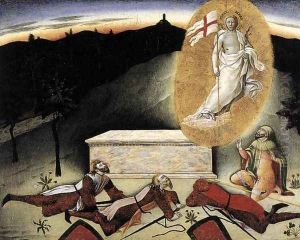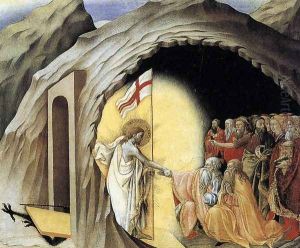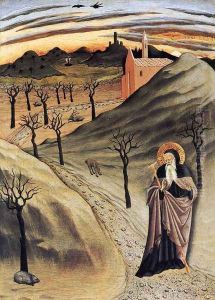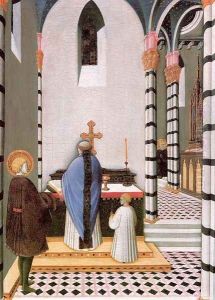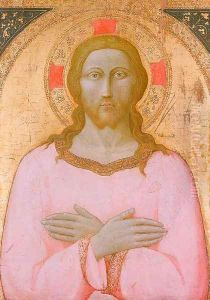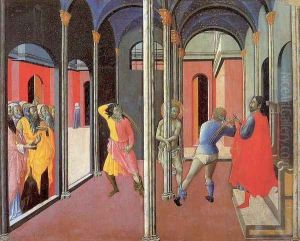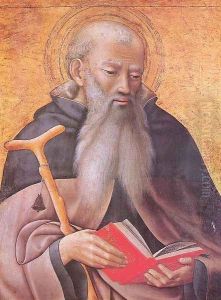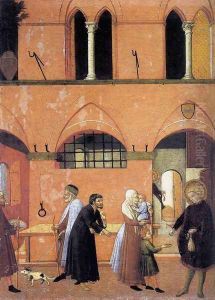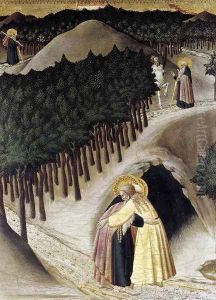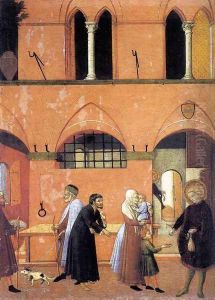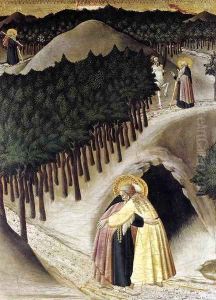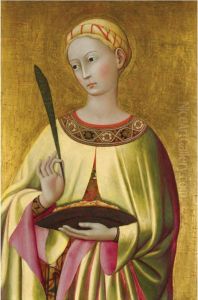Master of the Osservanza Paintings
The Master of the Osservanza is an unidentified Italian painter active in the mid-15th century, primarily known for his work in Siena. The name 'Master of the Osservanza' is a notname, a term used in art history for unidentified artists whose work is distinguished by a consistent personal style. This particular name derives from a series of artworks originally located in the Osservanza Monastery in Siena, which exhibited distinctive characteristics that allowed art historians to attribute them to a single, albeit anonymous, artist. The Master of the Osservanza is closely associated with the Sienese School of painting, and his work demonstrates the typical aspects of this style, which includes expressive emotionality, detailed narrative scenes, and a rich use of color. Stylistically, his paintings are noted for their delicate figures and attention to detail in landscapes and architectural elements. The master’s work suggests a transitional phase in Sienese painting from the Gothic style of the late Middle Ages to the more naturalistic approach characteristic of the Renaissance. Among the works attributed to the Master of the Osservanza are several important panels and frescoes that depict scenes from the life of St. Anthony Abbot, showing the saint’s temptations and miracles. These paintings are celebrated for their dynamic compositions and vivid storytelling. Despite his anonymity, the Master of the Osservanza's contribution to the Sienese School and his influence on contemporaries and successors in the region are well recognized in the field of art history.
